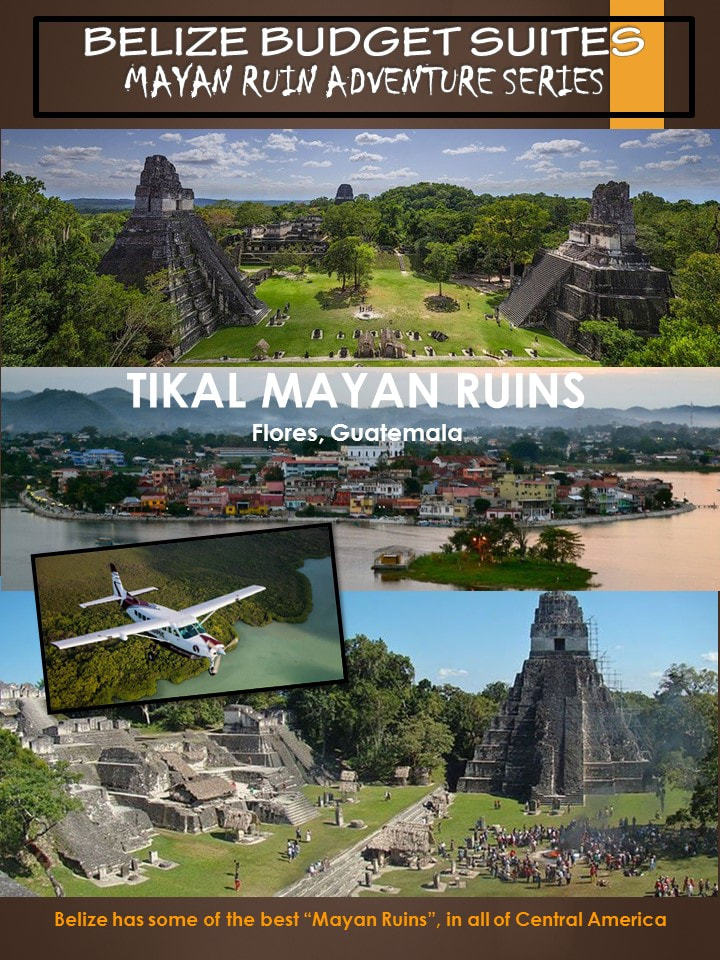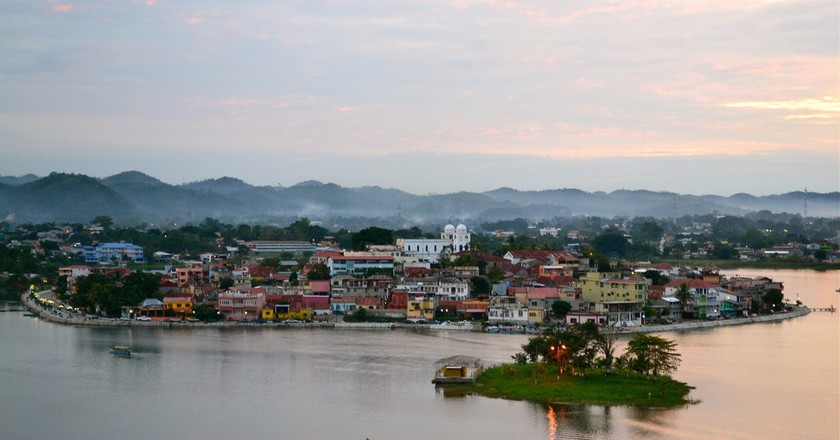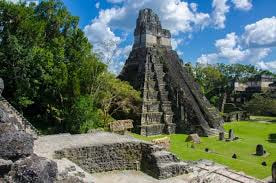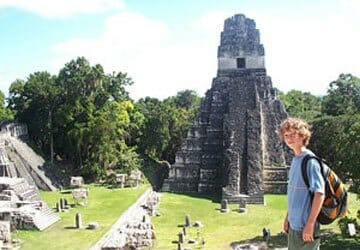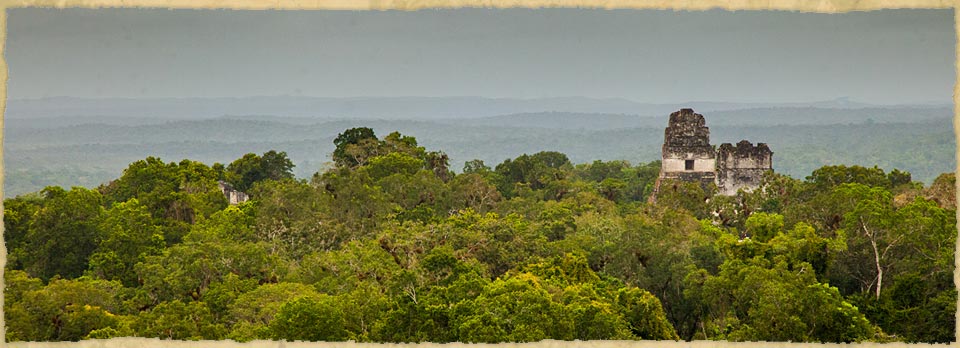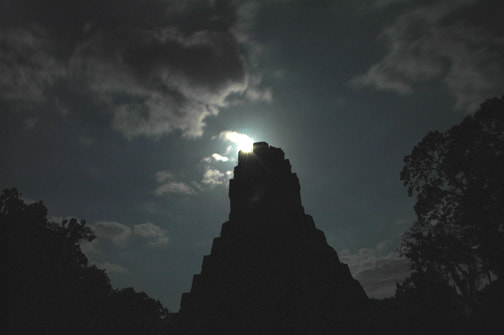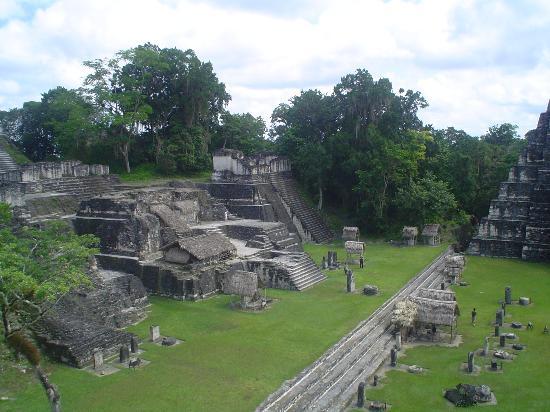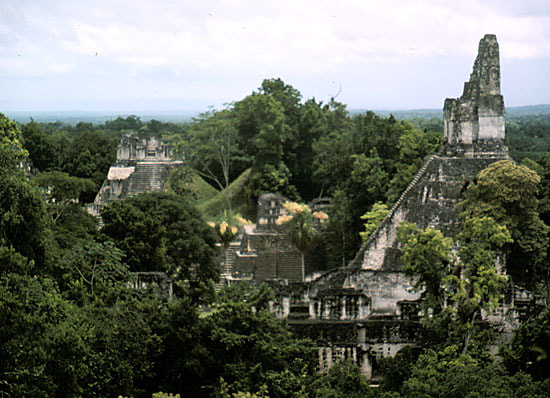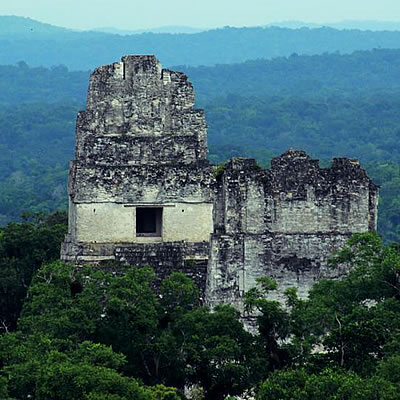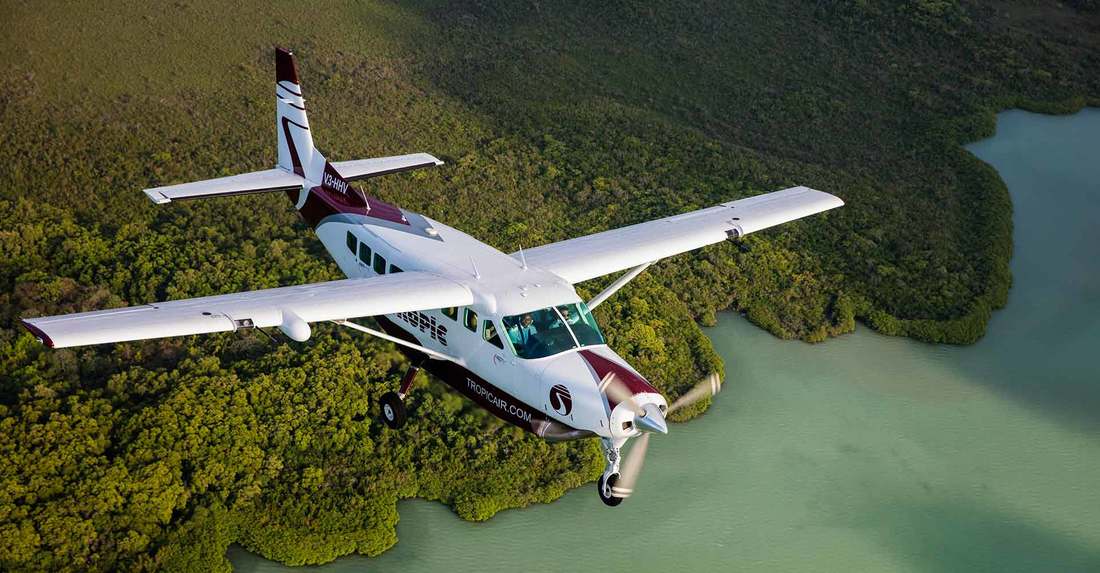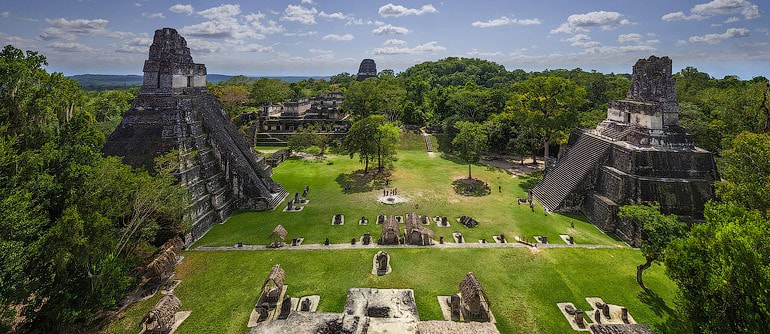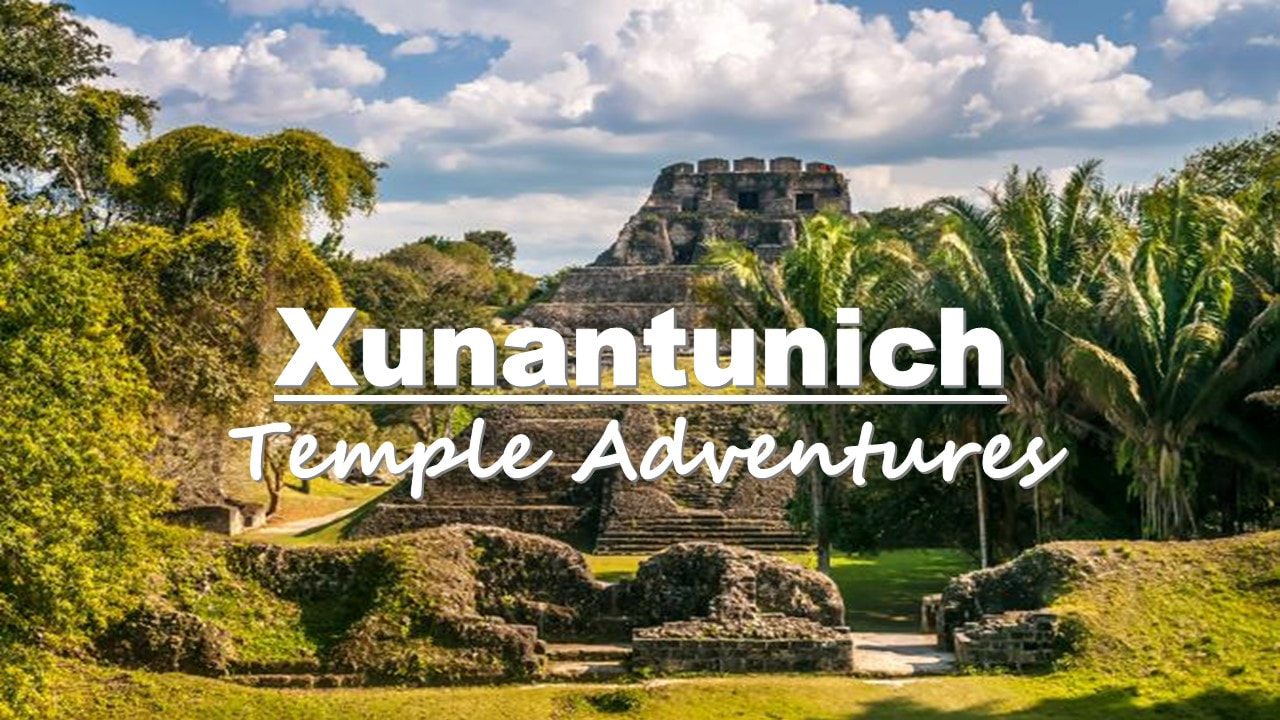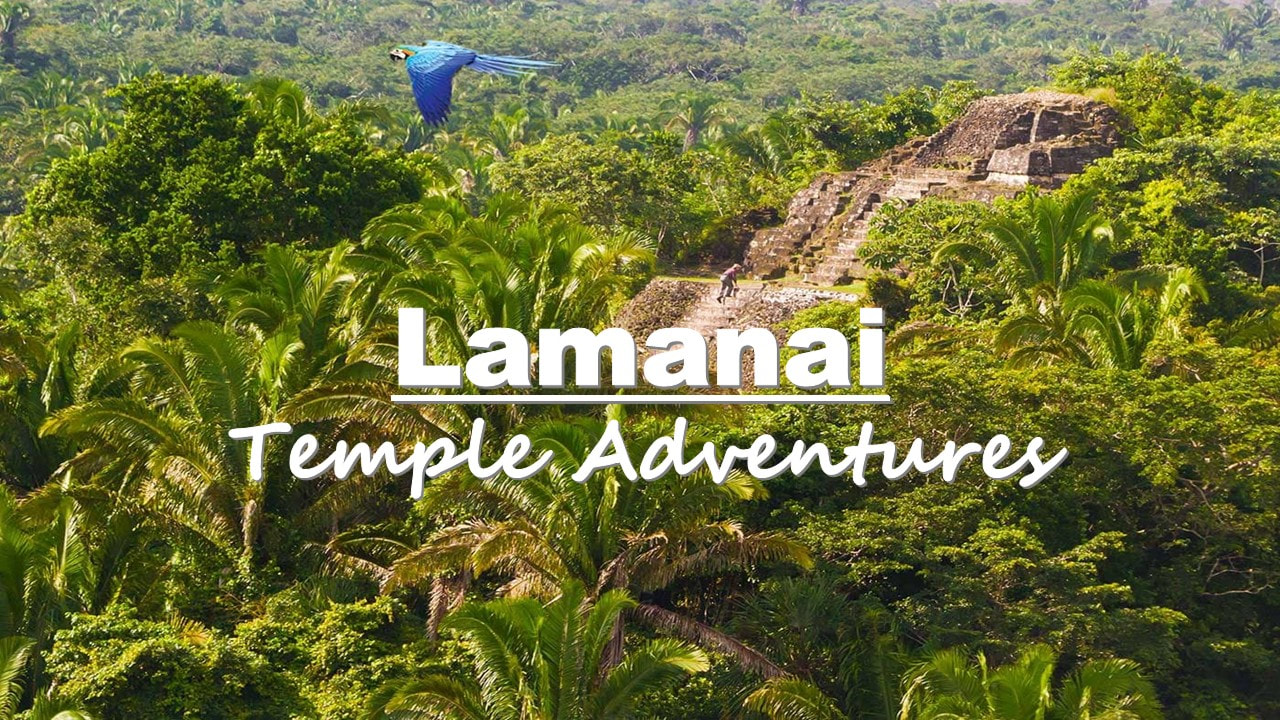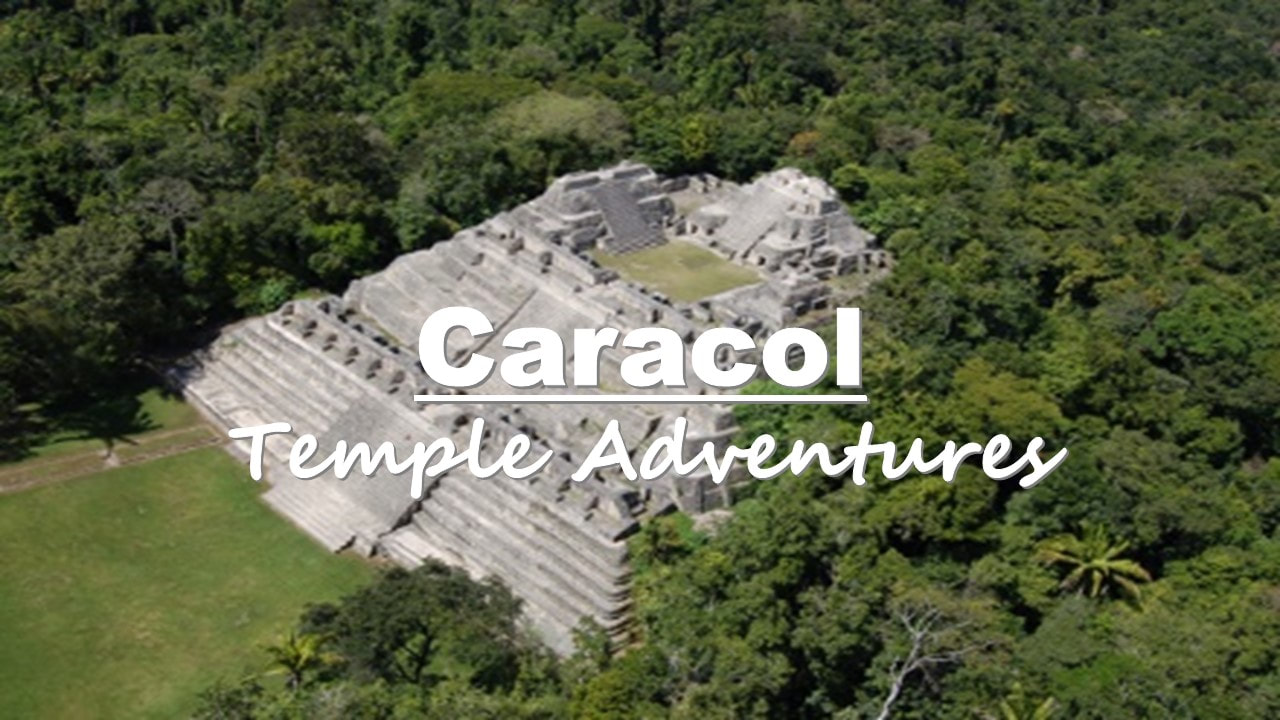Maya Temple Adventures
Tikal Mayan Temple
Description: Tikal is the largest archaeological site in Guatemala, and the largest excavated site in Central America. The ruins are part of Guatemala’s Tikal National Park and in 1979 it was declared a UNESCO World Heritage Site.
Located just across the border in Guatemala, this monument to the power of ancient man is bursting with monumental plazas, palaces, stelae, and temples structures so tall, they surpass even the surrounding treetops. Tikal was a Maya city of great power and size, the largest Maya city during the Classic Era over 2,000 years ago (boasting close to a million inhabitants) in its day. Because it’s located in Guatemala, you will have to undergo a border crossing. All of this will be made easier with your guide. From there, it's a short drive to the site where you are free to explore the ruins at your own pace and climb to the top of the main temple structure for a view of the jungle. Surrounding this Mayan paradise is 222 square miles of protected jungle, resulting in a secluded experience unlike any other. Echoing with the sounds of the howler monkeys and local birds, this impressive collection of restored limestone buildings, represent only a fraction of the still uncovered remaining 23 square miles of enveloped history. The closest large cities are Flores and Santa Elena, approximately 40 miles to the southwest; and with Guatemala City, being approximately 188 miles to the south. Most tours to Tikal start from Flores or El Remate Village, which is located half way between Flores and the Tikal ruins. It is best to travel to this site by commuter aircraft from San Pedro to Flores, where you will spend the night and return the following day. There is only one flight each day (from San Pedro to & from Flores), this is why the tour needs to be done in 2 days. |
Tikal Mayan Ruins
Tikal National Park encompasses 575 square kilometres of jungle and thousands of ruined structures.
The central part of the ancient city alone contains 3,000 buildings and covers about 16 square kilometers. Tikal is also part of the one-million-hectare Maya Biosphere Reserve created in 1990 to protect the dense forests of the Peten, which started to disappear at an alarming rate due to population pressures, illegal logging and slash-and-burn agricultural practices. Archeologists estimate that the Maya settled in the area now known as Tikal in about 900 BC. Tikal grew into an important ceremonial, cultural, and commercial centre over the centuries. Most of the city's huge temples were constructed during the eighth century AD when Tikal became the greatest city in the Maya world with a population of perhaps 100,000. Like Maya complexes on Mexico's Yucatan Peninsula, Tikal fell into decline at the end of the ninth century and was virtually abandoned. The causes of the Maya empire's collapse remain a mystery, but wars, famine, overpopulation and resource depletion have all been blamed. Tikal's great stone monuments languished for centuries and were gradually reclaimed by the jungle. Hernan Cortes, the conqueror of Mexico, and his motley band of conquistadors marched by Tikal in 1525, but they failed to see its temples concealed by 40-metre-tall silk, cotton, cedar and mahogany trees. |
PHOTO GALLERY
|
|

